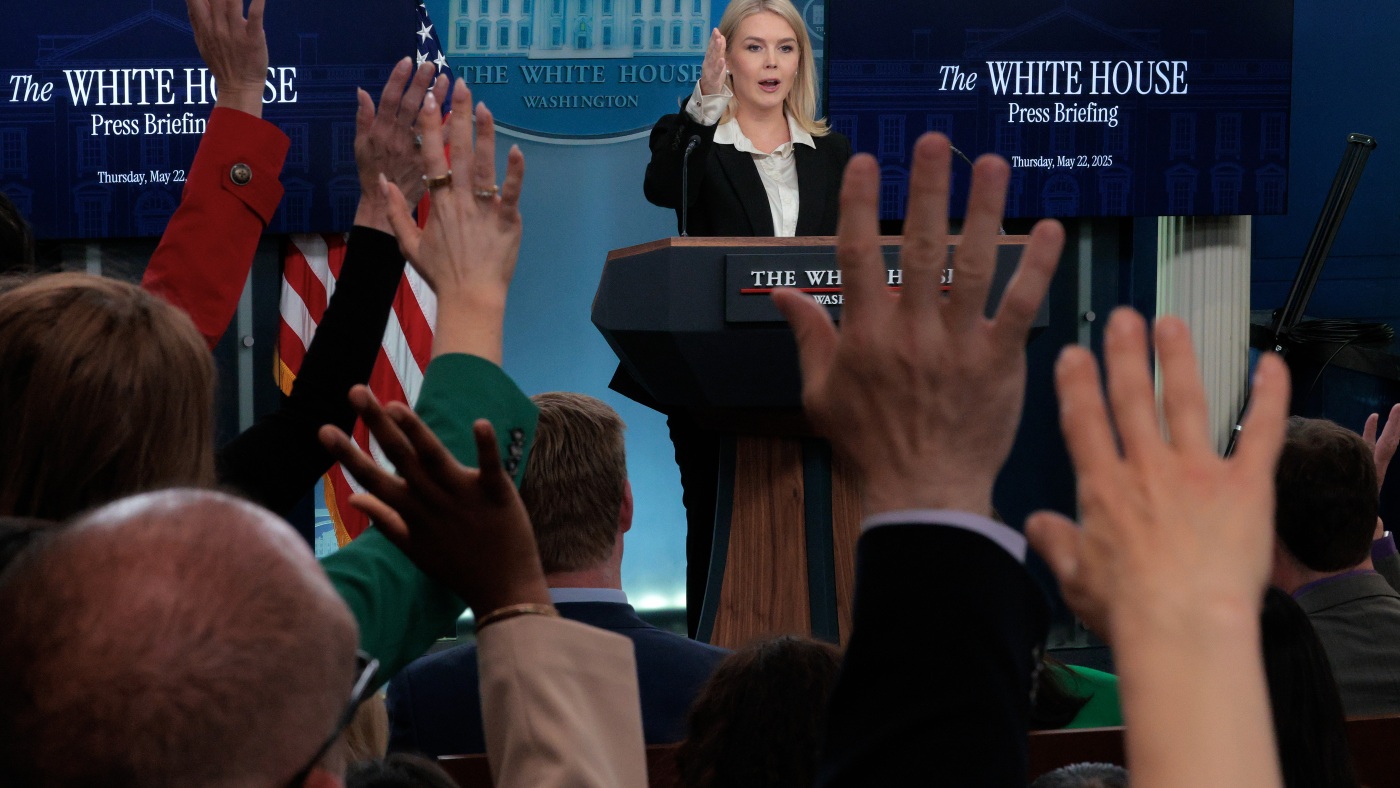Tensions Rise as Israel Gears Up for Potential Gaza Operation
Recent satellite imagery reveals that the Israeli military is bolstering its presence near the Gaza border. This increase in troops and equipment suggests a possible new ground invasion of the Palestinian enclave, according to U.S. officials who have analyzed the images.
Israeli Prime Minister Benjamin Netanyahu recently announced that the security cabinet approved a plan to take control of Gaza City. However, this plan appears to be more limited than previous ambitions to fully occupy Gaza. If military action occurs, it could aim not only to retrieve hostages held by Hamas but also to boost humanitarian aid in areas outside of conflict zones. Israeli troops have already been involved in ground operations in Gaza since October 27, with temporary pauses during ceasefires.
In an interview, Netanyahu clarified Israel’s goals: “We want to ensure our security, remove Hamas, and hand Gaza over to civilian governance.” He expressed a desire for a security perimeter without a long-term occupation.
The situation is tense, especially amid U.S.-Israeli relations. A recent private phone call between Netanyahu and former President Donald Trump reportedly turned heated over the handling of humanitarian efforts in Gaza. Trump emphasized the urgency of addressing hunger among Gazans, contradicting Netanyahu’s claims of no starvation in the region. This fallout reflects a deep division over perceptions of the humanitarian crisis in Gaza, where over 1,000 Palestinians had died in search of food as of late July, according to the United Nations.
The Gaza Humanitarian Fund (GHF), initiated in May, has faced criticism. It operates within specific zones that are distant from many in need, leading to large gatherings that have sometimes resulted in violence. U.N. aid efforts have largely bypassed GHF due to concerns about its effectiveness.
Recent statistics show a concerning trend. A survey by the Palestinian Center for Policy and Survey Research indicates that 80% of Gazans believe humanitarian conditions are worsening. This underscores the urgency of international dialogue on humanitarian relief amidst military tension.
As the situation evolves, the threat of a major military offensive in Gaza looms. The risks are significant; experts warn that an increase in violence could lead to greater civilian suffering and potential hostage casualties if Hamas retaliates. The complexity of the conflict often leads to a cycle of violence that seems challenging to break.
International calls for peace continue, with countries like the UK and Canada contemplating the recognition of a Palestinian state at the upcoming U.N. General Assembly. However, Israel views these developments with skepticism, feeling cornered by escalating international pressure.
As tensions remain high, the fate of both Israeli hostages and Palestinian civilians hangs in the balance. The calls for peace are louder than ever, but true resolution appears elusive.
For more on humanitarian issues in conflict zones, you can visit ReliefWeb, a leading source dedicated to providing updates and resources related to crises around the world.


















